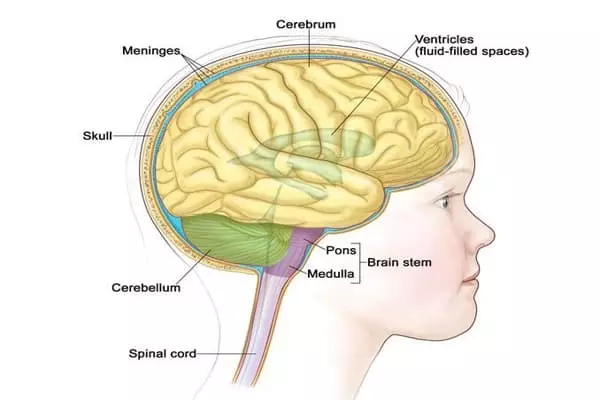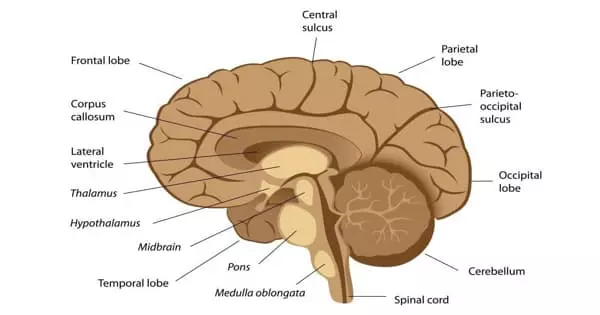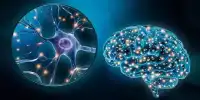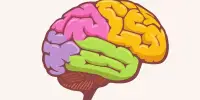Balance can no longer be taken for granted after a certain age; it must be maintained — both mentally and physically. Maintaining mental fitness, staying physically active, and engaging in tai chi, qigong, yoga, or another mind-body exercise can help you maintain your balance and avoid stumbling. However, if you do lose your balance, you will need to use muscle power to recover. Power is the ability to quickly exert force the type of conditioning that an experienced ballroom dancer uses to “push off” during quick steps and turns. Exercises that require quick, forceful movements, such as hopping and side-stepping, aid in the development of power. Classes or trainers can help beginners learn how to exercise for power safely.
Researchers discovered that lowering tau levels, which are known for their role in Alzheimer’s disease and other neurodegenerative conditions, changes excitatory and inhibitory cells in ways that make it more difficult for the brain to burst with overexcitation.
With the school year well underway, we all recognize the importance of energizing students. We also know that overstimulated children can wreak havoc on a classroom, leaving a teacher scrambling to regain control of their class. The situation is similar in the brain, where cells must remain active but in an orderly fashion in order to carry out their numerous important tasks.
Epilepsy has been linked to a variety of brain disorders, including Alzheimer’s disease and autism. Our recent findings shed light on how tau reduction affects various types of brain cells involved in the formation of abnormal network activity.
Lennart Mucke
Overexcitation can spread through an entire neural network (the classroom) if too many excitatory cells (the students in this metaphor) begin firing at the same time. As a result, inhibitory cells (teachers) dampen the excitation in order to maintain brain balance.
Gladstone Institutes researchers have discovered that lowering levels of the protein tau, which is known for its role in Alzheimer’s disease and other neurodegenerative conditions, alters excitatory and inhibitory cells in ways that make it more difficult for the brain to burst with overexcitation.
“Epilepsy has been linked to a variety of brain disorders, including Alzheimer’s disease and autism,” says Lennart Mucke, MD, director of the Gladstone Institute of Neurological Disease and senior author of the new study published in Cell Reports. “We previously demonstrated in mouse models that lowering tau levels makes the brain more resistant to epilepsy caused by a variety of factors, but the underlying mechanisms have remained a mystery. Our recent findings shed light on how tau reduction affects various types of brain cells involved in the formation of abnormal network activity.”

Medication, an ear infection, a head injury, or anything else that affects the inner ear or brain can all cause balance problems. When you stand up too quickly, low blood pressure can cause dizziness. Balance disorders can be caused by problems affecting the skeletal or visual systems, such as arthritis or eye muscle imbalance. As you get older, your chances of developing balance issues rise.
It is critical to maintaining a balance between excitatory and inhibitory cell activity in order for the brain to process information, control movements appropriately, and perceive things as they truly are, rather than as distorted images.
“The diseases we’re interested in all have one thing in common: they cause an excitation-inhibition imbalance in the brain,” says Mucke, who is also a professor of neurology and the Joseph B. Martin Distinguished Professor of Neuroscience at UC San Francisco.
Mucke and his colleagues discovered that lowering tau levels affects both excitatory and inhibitory cells, but in different ways. They discovered that excitatory neurons that lack tau fire less frequently, whereas inhibitory neurons that lack tau fire more readily.
These effects work together to reduce the excitation-inhibition ratio in brain networks, which helps to counteract diseases that cause abnormal increases in that ratio. To return to the classroom example, reducing tau has the neural effects of making students less rambunctious and teachers more effective at supervising them.
The calming effect of tau reduction on brain networks may improve the brain’s ability to perform its functions, just as it does in the classroom, especially when the calm is disrupted by disease. The new study’s findings could aid in the development of novel therapies that target tau as a means of reducing abnormal brain activity in a variety of neurological and psychiatric diseases.














